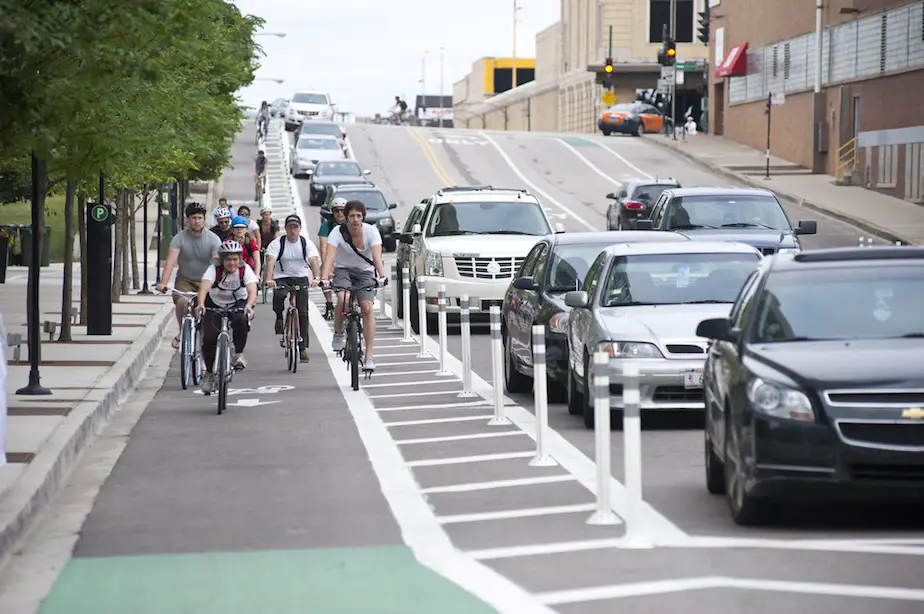In a bout of cruel irony, this last Labour Day on May 1 was shrouded by two tragic explosions in factories, killing dozens of workers and wounding hundreds more. In mid-April, a warehouse filled with fertilizer in West, Texas exploded, destroying homes, schools, and other surrounding buildings, killing 14 people. But this tragedy was dwarfed by another one on the other side of the world an order of magnitude larger: a massive factory collapse in Bangladesh on April 22, which so far has claimed over 1,000 officially confirmed deaths, the worst factory disaster in history.
To a western audience, the Bangladesh tragedy probably registers as just another really bad news story without any meaningful context. But it’s not just Bangladesh’s problem. Though it may have caused destruction on a smaller scale, the Texas accident shows that there’s an underlying problem with the economics of how we think about land use that affects all countries, no matter how rich they may be.
The US, despite its unquestionably advantageous economic position, is apparently not immune to accidents such as the Texas explosion, where over 100 times the legal limit of dangerous chemicals had been stored in a fertilizer plant near homes and schools. The issue of land use is very relevant here: if there was even the smallest possibility of this accident happening, why was the plant allowed to be built here? And this isn’t just an isolated incident. In other parts of Texas, refineries recently triggered epidemics of grave diseases in nearby populations. While the US does still have many hard won labour regulations in place, this disregard for placement of buildings and facilities is clearly a hazard to people’s well being.
While in the US such tragedies may still be the exception, In Bangladesh such tragedies are sadly beginning to look like normal. In late 2012, a factory fire killed over 100 workers. Last month, the devastating death toll of the factory collapse in Dhaka, Bangladesh continued this unfortunate trend. Bangladesh has unfortunately served as a dumping ground for the negative effects of massive outsourcing from the US and other countries, whose strategy over the past decades has been to instead of rolling back domestic labour reforms – which might turn out to be politically risky if those pesky voters ever start paying attention – to simply move blue collar jobs to other countries who never had those reforms in the first place. If these countries lack good zoning laws and building codes, outsourcers have even more opportunities to cut corners, make a bit more cash, and pretend to be surprised when factories collapse.
What’s the result of this process? An impoverished population working in potentially deadly conditions, making goods for a population that is wealthy but still has to work in risky conditions.
Obviously, one of the main triggers of these disasters is the lack of political will to impose and enforce effective regulations for the location and construction of industrial buildings, as well as how they are used in practice. Both the Texas and the Bangladesh disasters happened because of unsanctioned usage of the facilities. In Texas the problem was massive, illegal storage of materials. In Bangladesh, the factory owner had placed heavy industrial equipment in a building that was supposed to be a mall. At the very least, this disaster has sparked a vigorous movement to bring justice to those whose negligence made it happen, and to make sure it never happens again. So far, there is no such movement in Texas.
However, the problem goes deeper than mere regulations. The fact that we have built dangerous, improperly located facilities like these in both the poorest and richest countries indicates that we don’t think of them as being a problem in the first place. To a certain extent, this can be seen as a shortcoming of mainstream economic thought. Students of economic theory spent plenty of time studying supply and demand curves, but very little on thinking about where it is that this economic interaction plays out. Sure, advanced studies may give some thought to this, but the odds are when the sites for both facilities were chosen, the only factors considered were how much the land and utilities would cost, not who would be affected by working in or living near a shoddy facility. This kind of thinking leads to deadly fertilizer plants being placed near homes and schools, and textile factories being created near busy squares in buildings that were supposed to be malls.
We are living under a system of placeless economics, where a few digits on an accountant’s spreadsheet negate the common sense of properly building and locating industrial facilities. What we need is a more mature, humane system economic thought. Things such as employees, buildings, and cities can’t be thought of as abstract quantities in a vacuum with a price tag stamped on them somewhere. Making good location decisions a higher priority within the economic discourse is critical for avoiding these disasters in the future, and making our cities better places to live.
Drew Reed is an online media producer and community activist specializing in sustainable transportation. He lives in Buenos Aires.
Photo: The Bay Area’s News Station


